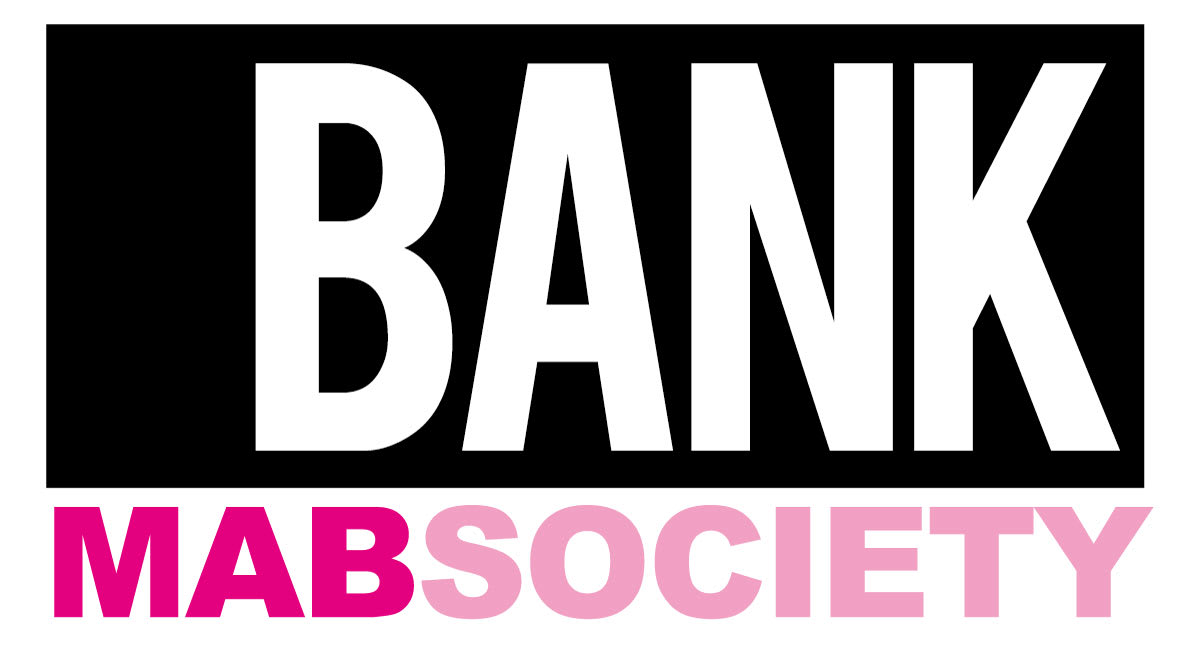Author / Ysabelle Cheung
In early May, Patty Chang sent an email asking me to enumerate my fears. “The fears can be about anything,” she wrote. “They can be personal, global, societal, mundane or profound; everything is valid.” Her only stipulation was that the list be written stream- of-consciousness style. As part of a project she has been working on recently, called Milk Debt (2019– ), she asked several people in Hong Kong to complete the same exercise. She explained that she was compiling these lists into one long script for a performer, who read out the text while pumping breast milk into a bottle in a live performance that took place in June at Tai Kwun in Hong Kong.
Milk Debt unpacks many of Chang’s recent concerns around grief, mortality and the environment, yet also harkens back to her earliest works—which dissect the body and identity—developed during her provocative early years in New York beginning in the mid-1990s. Though she was initially interested in becoming a painter, she pivoted to performance after studying under artist Eleanor Antin—a performance artist who famously took photographs of her naked, emaciated self during a month of crash dieting—for her BFA at the University of California San Diego. After graduating in 1994, she moved to New York and aligned herself with experimental art and underground club movements, performing at art spaces such as Exit Art and downtown galleries, as well as intersectional venues such as the Meatpacking District’s Clit Club and Performance Space 122 in the East Village. At these events, Chang staged seemingly unscripted actions that perverted tropes of femininity, such as holding a crystal ball between her teeth, forcing herself to smile, while wearing a traditional white wedding gown; gorging herself on phallic hot dogs; or smashing eggs that she had stuffed inside her pantyhose, with the ovum sliming down her legs and ruining her prim, working-girl suit.
Around the same time, Chang began to record these performances on video and, separately, to make short Super 8 films, having been exposed to video’s possibilities through her gigs with a New York- based cybersex company. “We had little platforms covered with felt and these little video cameras on tripods, a computer and a keyboard,” she explained. “It was weirdly intimate yet detached; the camera was a few inches from you. Around that time I started using video.”
Her earliest Super 8 films, often created in collaboration with queer cinematographer Anie “Super 8” Stanley, probed society’s relationship to deviant behavior by staging fictional stories that address extreme violations—such as rape and necrophilia—and the underground environments of pornography, queer and club culture. These early cinema works firmly cemented Chang as a “Bad Asian,” a term coined by cultural theorist Eve Oishi in her 2000 essay, “Bad Asians: New Film and Video by Queer Asian American Artists”: “Bad as in ‘badasss.’ Bad as in anyone who does not covet white patriarchal approval; anyone who challenges racism, class oppression, sexism, homophobia; anyone who talks candidly about sex and desire.” In particular, Oishi pinpoints the Chang-Stanley collaboration Paradice (1996), a gritty porno film, as being a radical setting “for [the] subversive and raucous staging of queer sexuality.” In this film, by having two queer women—Chang and Stanley—play the roles of a white john and an Asian hooker respectively, the duo presents “queer desire masquerading as hetero-sexuality,” creating, essentially, a safe space by exploiting society’s heteronormativity.
Chang’s performances from the late 1990s and early 2000s played not only with sexuality and the feminine Asian identity, but mixed them provocatively with cultural taboos. In Melons (1998), she eats scoops of her own “breasts”—juice-yielding cantaloupe strapped in her brassiere—while speaking about the death of her aunt. In For Abramović Love Cocteau (2000), Chang riffs on artist Marina Abramović’s 1996 gesture of consuming a raw vegetable, as Chang and another female performer—who uncannily resembles herself—take turns eating a white onion, passing it back and forth between their mouths. The recorded footage of this action is played backward in the video so that the onion is gradually re-formed and the two figures’ stream of tears shrinks to drops. Later, Chang recorded the same intimate action with each of her parents for the two-channel video In Love (2001), where she challenges conventional definitions of familial affection—it looks like she and her parents are kissing—as well as the dynamics of reproduction, as they all play an equal part in “birthing” the onion from their mouths, instead of the mother and father “producing” a child. In these videos, Chang symbolically relinquishes part of herself into inanimate objects, only to devour them, literally or metaphorically, much like the mythical symbol of the ouroboros, a snake or dragon that consumes its own tail, symbolizing eternity or endless cycles of change. Through these actions, Chang reclaims conceptions of the self—such as vanity or narcissism—on her own terms, in a repudiation of the patriarchal subjugation of women’s bodies.
???? Original article was published in ArtAsiaPacific's 2019 JUL/AUG Issue 114





